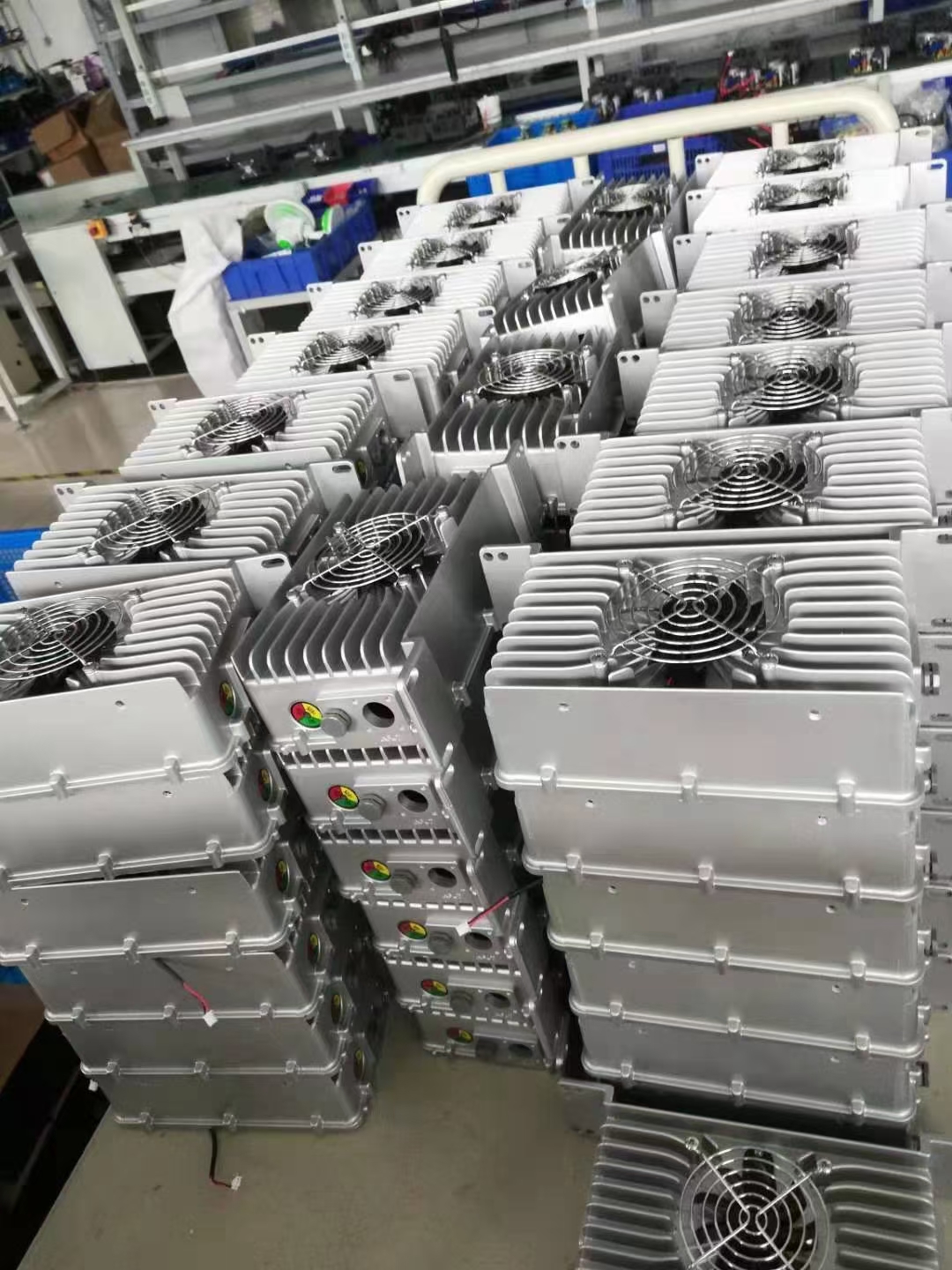Some factors that may slow down the home charging speed of your electric car-1
If you want to be a satisfied electric car owner, charging at home is necessary. When it is a pure electric car instead of a plug-in hybrid electric car, 240 volts-households already use it to power appliances such as clothes dryers , Air conditioner or oven-need to fill a larger battery pack within a reasonable time. For reasons we will explain later, we also recommend 240 volts for PHEVs.
When using 240 volts for charging, which is often referred to as level 2 in the world of electric vehicles, there are many potential power flow blocking points between the grid and the new car. The following main factors determine how fast your electric car can increase its range when charging at home:


It looks like we started from the wrong starting point, but even if you provide it with sufficient power, the electric car itself can be a terrible bottleneck. Every plug-in car has a maximum charge rate of alternating current (AC), including 120 volts and 240 volts, also known as level 1 and level 2. (If the car is capable of public DC fast charging, there are different and higher ratios, but it does not apply to what you can do at home.)
If you have not equipped your house with charging equipment, please make sure you find out the maximum AC charging rate of your car, as this will help you determine the requirements for item 2 and beyond. Usually there is only one rate for a given model, but sometimes the manufacturer will provide a larger capacity as an option, or use it with a larger battery pack to ensure that it can be fully charged quickly enough.
(more information about charging solutions, please visit our web: www.longrunobc.com or send us your question: dcne-newenergy@longrunobc.com)
Post time: Dec-16-2021
